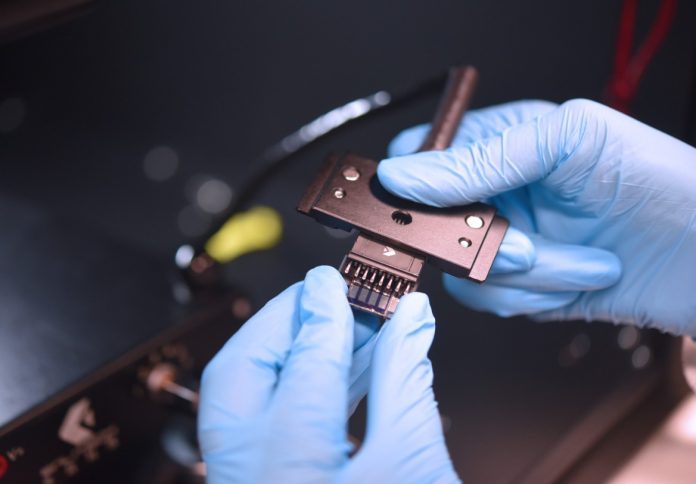
Researchers from the University of Queensland have achieved what they claim as a new world record in solar cell efficiency using eco-friendly perovskite technology, in a development that underscores the university’s role at the forefront of renewable energy research.
Led by UQ’s Professor Lianzhou Wang, the team developed a tin halide perovskite (THP) solar cell that reached a certified efficiency of 16.65 per cent, the university said in a news release.
The result, verified by independent certification, surpasses the previous global benchmark for THP solar cells by nearly one percentage point.
The breakthrough was made through collaborative work at UQ’s Australian Institute for Bioengineering and Nanotechnology and the School of Chemical Engineering.
Professor Wang described the achievement as a significant milestone for the university and the field.
“It might not seem like much, but this is a giant leap in a field that is renowned for delicate and incremental progress,” Professor Wang said.
He noted that the UQ-developed solar cell matches the performance of many commercial silicon-based cells while offering the potential for faster and cheaper production.
The UQ team’s achievement builds on earlier success in 2020, when Professor Wang’s lab set a world record for quantum dot solar cell efficiency. That research, also conducted at UQ, laid the groundwork for the latest THP technology.
Dr Dongxu He, a research fellow at UQ involved in the project, said the team applied insights from the university’s previous quantum dot work to improve THP thin-film solar cells.
“There is great commercial potential in THP solar cells because perovskite devices are more sustainable to produce than silicon-based solar cells,” Dr He said.
“The benefit of THPs is that we’re dealing with more eco-friendly tin and not the toxic lead that is widely used in most of the perovskite solar cells, meaning they can be safely installed around the home.”
One of the challenges that UQ researchers addressed was the quality of the fast-crystalline thin films used in THP solar cells, which had historically limited their efficiency.
According to UQ’s Dr Peng Chen, the team introduced caesium ions into the THP film to improve its microstructure and reduce defects.
“This is what allowed us to reach a record level of efficiency while still having a product that would pass stringent environmental checks,” Dr Chen said. “I think we have a formula now that will only keep improving.”
Professor Wang welcomed the idea of other research groups competing to break UQ’s record, saying it would accelerate global efforts toward improved renewable energy technologies. He also emphasised the versatility of the university’s THP solar cell innovation.
“Beyond solar panels, the approach we’ve used in this paper could also be used for other devices that require high-quality perovskite films like lasers, photodetectors, and transistors,” he said.
“We could eventually see THPs used for engineering challenges, including as a lightweight solution to power electric aircraft – the sky really is the limit.”
The research is published in Nature Nanotechnology.



















